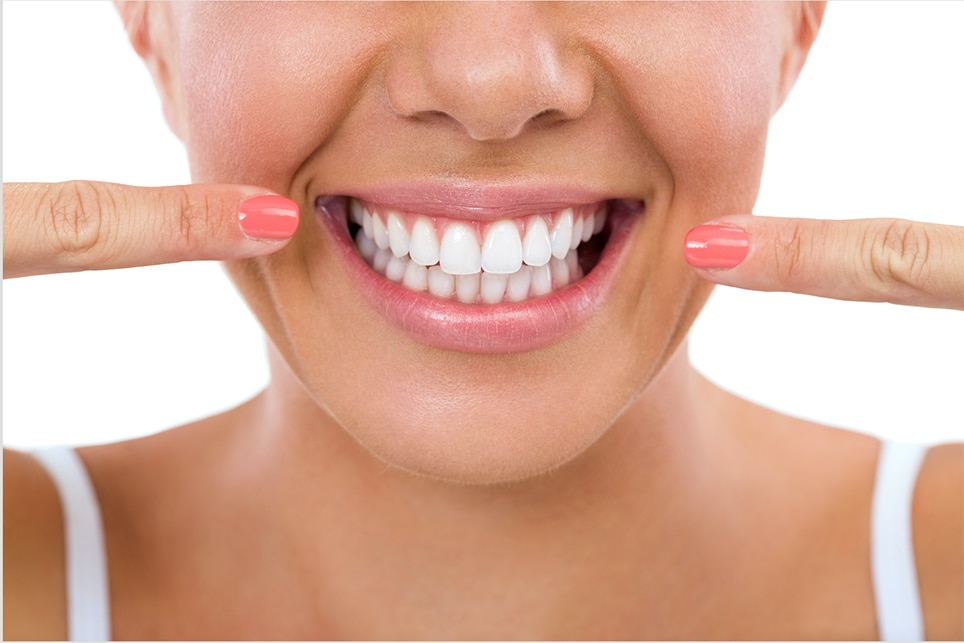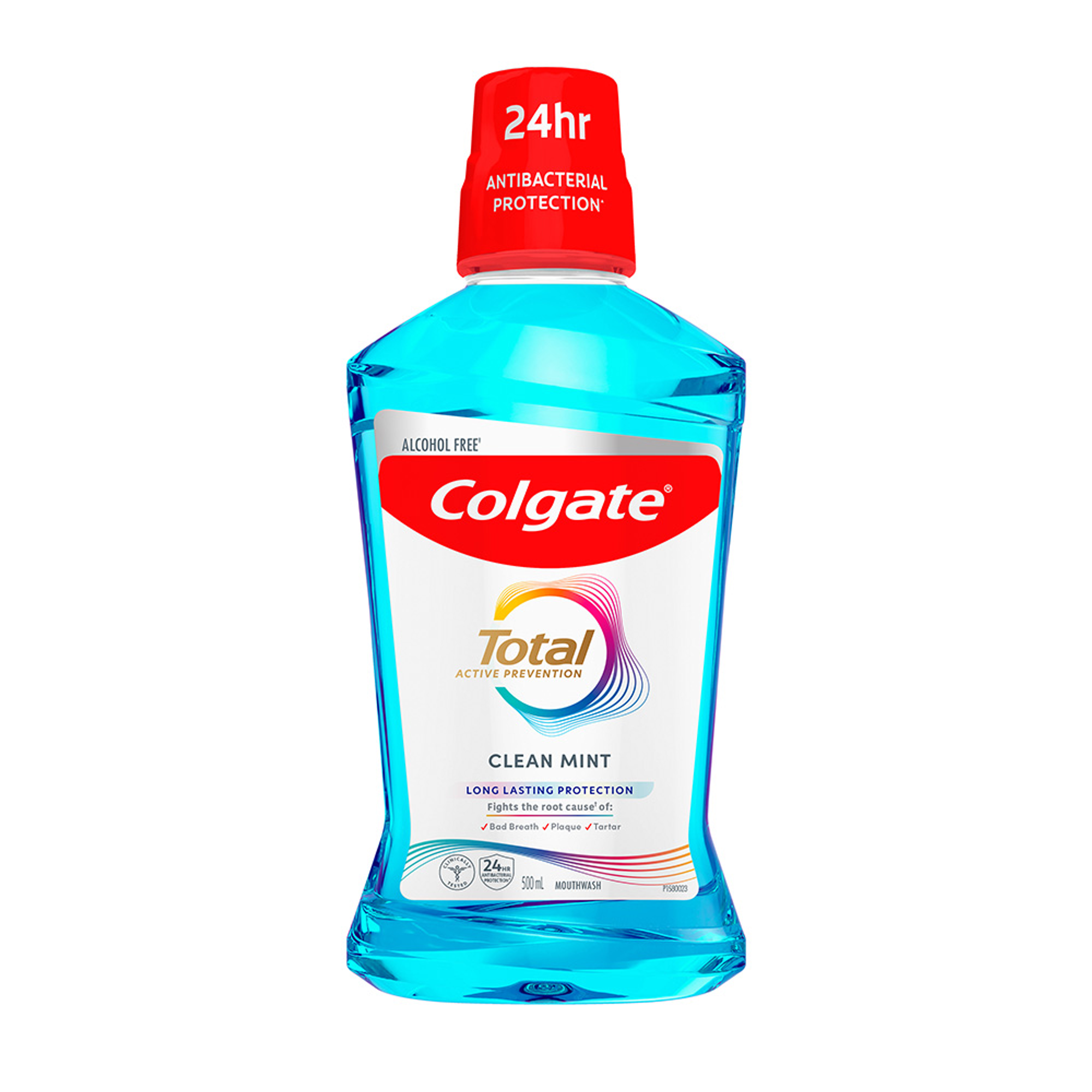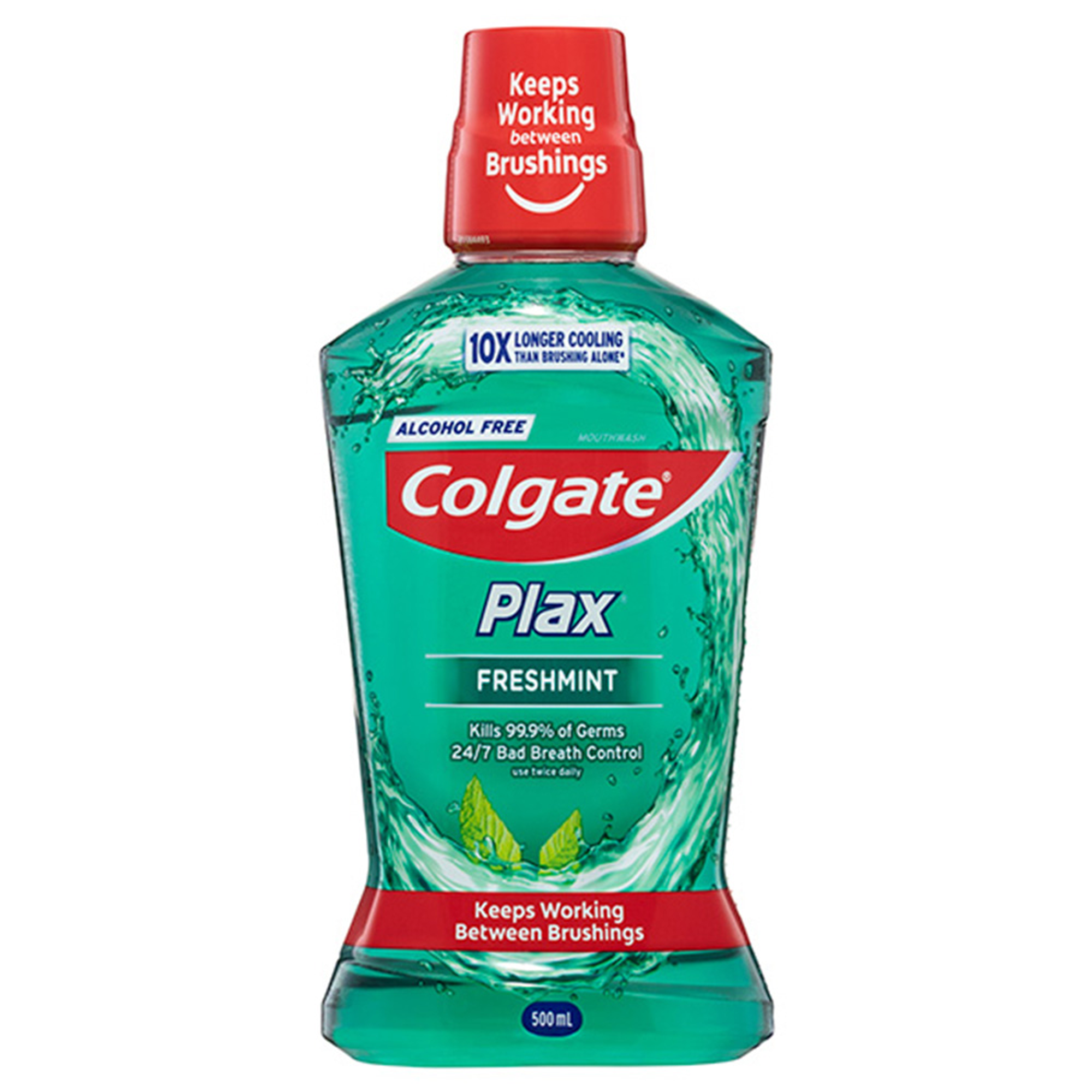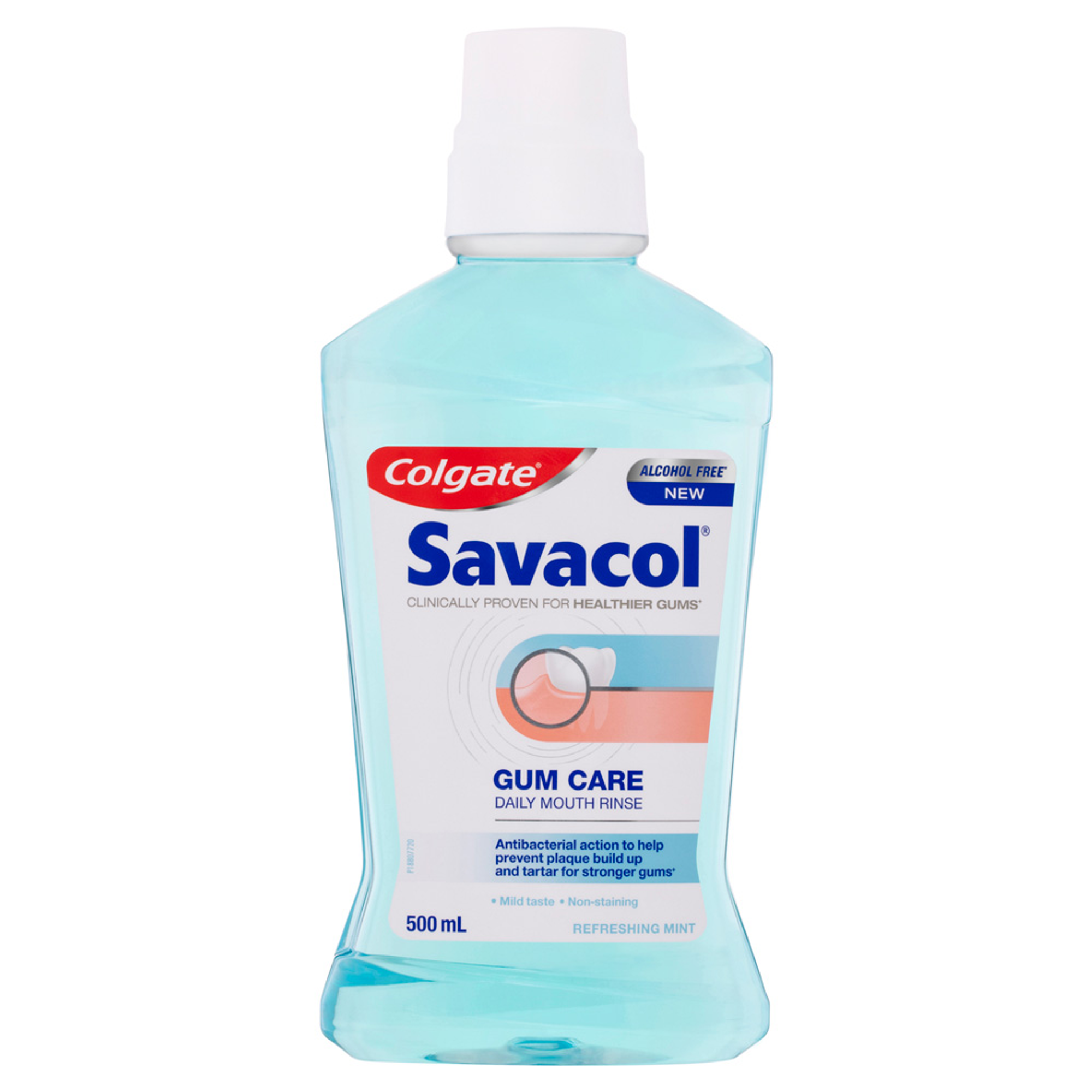
What is the key ingredient in tooth whitening systems?
The active chemical ingredient used in most professional whitening systems is hydrogen peroxide, which is delivered as either Carbamide peroxide or Hydrogen peroxide. Hydrogen peroxide contains a single oxygen - oxygen bond, known as the peroxide bond - this is weak and unstable. When it breaks it decomposes into water and oxygen and releases free radicals. It is these free radicals that are reactive with other substances and have the ability to breakdown compounds that have colour or darker shades, called chromogens. These chromogens cause staining to our teeth, both intrinsic and extrinsic. The breakdown of these compounds means there is a reduction in the discolouration and hence a lighter looking tooth. 1
What type of delivery methods are there for whitening treatments?
There are different whitening methods available and when deciding which option to go for, the advantages and disadvantages of each option should be explored and clearly explained to patients. Staying up to date on new technologies and innovations in whitening is also important for dental professionals so they know what options are available for patients.
The two main types of professional whitening are;
1. Take Home Whitening
Home whitening has traditionally involved the patient wearing custom trays for the indicated length of time either during the day or at night as indicated for the given whitening product. There are also whitening systems such as Optic White Light Up Take Home, that uses a LED Device instead of custom made trays along with a unique 6% hydrogen peroxide serum, this system is indicated for 10 minutes a day for ten days to provide up to 7 shades whiter teeth.
2. In-Chair Whitening
In-chair or in-office teeth whitening treatment is ideal of patients who want faster results. Traditional in-chair systems use a higher-concentration of peroxide and therefore require a gingival barrier to reduce the risk of gingival irritations or gingival burning. Many systems will also use a light-releasing device to activate the hydrogen peroxide. The Colgate Optic White Light Up In-Chair system uses a unique 10% hydrogen peroxide serum and an Indigo LED device to achieve up to 5.9 shade whiter in just a thirty minute treatment*.
Potential side effects
The most frequently occurring side effect during tooth whitening is sensitivity. This typically lasts between 1 and 4 days. It occurs because the hydrogen peroxide molecules are able to penetrate not only the enamel, but through the dentine and to reach the pulp. Another side effect, which can occur when hydrogen peroxide touches the gingiva is gingival irritation and in some cases burning. This may also factor in what options you offer for some patients. This is why it is important to be aware of other options with formulations designed for minimal or no sensitivity including lower concentrations, new application methods and shorter treatment times such as the Colgate Optic White Light Up range.
Dental professionals should screen all their patients for any aesthetic concerns about their smile and whether whitening can address these. If whitening is being offered in your practice, this should be displayed as an option within the practice so patients are aware this is a treatment that you offer. From there, you and the patient can determine which type of whitening treatment would work best for them.
*Refer to leaflet for full instructions
Reference
- Carey C. M. (2014). Tooth whitening: what we now know. The journal of evidence-based dental practice, 14 Suppl, 70–76. https://doi.org/10.1016/j.jebdp.2014.02.006
Join us
Get resources, products and helpful information to give your patients a healthier future.
Join us
Get resources, products and helpful information to give your patients a healthier future.











